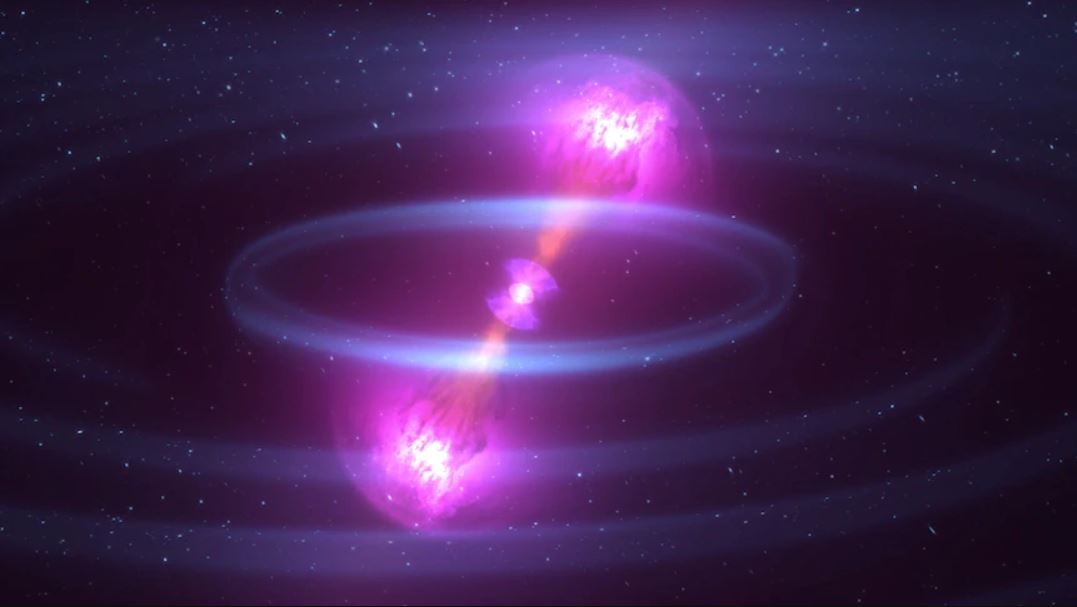We all know that dinosaurs such as Brontosaurus, Brachiosaurus, and Diplodocus had very long necks, but now paleontologists have discovered the longest “neck” in history. The team said that the Mamenchisaurus from China has a neck length of 15 meters, which is longer than an average large passenger car of 12 meters, and is the animal with the longest neck known.
Sauropoda dinosaurs have small heads, long necks, thick limbs, and long tails. Brontosaurus, Brachiosaurus, and Diplodocus are all from this order.
In 1987, China first discovered Mamenchisaurus in South China, which is about 162 million years ago in the Late Jurassic period.
This species has a body structure similar to most sauropods, with a long neck at one end and a tail of similar length at the other end for balance. Just like the “Jurassic Park” movie said, they can be regarded as oversized cows.
But if you want to judge which sauropod has the longest neck, it is a very difficult project.
Due to the huge size of sauropod dinosaurs, it would take an entire apartment building to completely bury this giant and eventually fossilize (fossilization).
Researchers from the State University of New York at Stony Brook, the Natural History Museum in London, Yunnan University in China, and the Zigong Dinosaur Museum set out to study the evolutionary history of Mamenchisaurids.
The team compared the bones of Mamenchisaurus and related species, and then inferred the size of these animals. Finally, the team concluded that Mamenchisaurus had the longest neck, 15.1 meters long, 6 times longer than giraffes.
It also surpassed the record holder Sauroposeidon, which also had a neck as long as 12 meters.
Andrew Moore, the first author of the paper, said that Mamenchisaurus is the first sauropod dinosaur known to break through the neck length limit. Given that Mamenchisaurus in South China has a neck as long as 15 meters, it should be the latest record holder.
With such a long neck, it needs enough support. Through computerized tomography, the team found that most of the vertebrae are hollow and 77% are air, which is very similar to modern birds.
To keep the body from being too heavy to move; and to prevent the long neck from being too fragile, the neck bone is reinforced with a 4-meter-long “bracket” that protrudes from the vertebrae and forms a bundle along the sides of the neck.
This study allows people to better understand this long-necked dinosaur. For sauropod dinosaurs, the long neck is one of their advantages in surviving as a giant, and they must forage efficiently.
You can eat all kinds of high and low vegetation in the vicinity at a fixed point, eat a lot of food while maintaining energy, and the long neck can also help dissipate heat.
But there is still an unsolved mystery, how can the air reach the lungs effectively with such a long neck?
Like all sauropods, Paul Barrett, a distinguished research fellow at the Natural History Museum in London, said:
Mamenchisaurus has a complex respiratory system. In addition to the lungs, there are many balloon-shaped air sacs connected to the lungs and trachea, and spread all over the neck, chest and abdomen.




